“secular religion?” “opium?” “shat upon by Jesus?”
Well, most of the writings of the Iconoclasts were destroyed when the Iconodules reemerged victorious after a couple hundred years of battle. One argument against icons that survived (by an interlocutor of John of Damascus I think) warned that “Icons enter the mind unimpeded by reason,” He went on to say that ordinary folks who possessed Icons in the home were like to have their imaginations stimulated in heretical or licentious ways lending towards magic and fanciful impulses and unhealthy stimulations. One might allow for Icons or stained glass in a church, he hedged, where the images would be surrounded by doctrine and the discourse of the church. Since most folks were illiterate, the church had almost monopoly control on written discourse, but lots of folks could produce or buy simple pictures of Mary or the saints and set up individual alters in their own homes and develop worship practices that sometimes fell out side the orthodox. When someone would get healed of some affliction while praying with an Icon, it would sometimes come to be seen as having special powers, and it’s owner might travel around with the miracle dispensing Icon and charge for it’s services—a kind of early teli-evangelism. Of course writing could become ensnared in biblical prohibitions against idolatry as well. There was a practice of writing out the name of Hashem in letters and wearing or praying with it like a talisman to ward off sickness or evil or even lightning strikes! Hieroglyphics, especially Egyptian, are a kind of midpoint between writing and pictures and are often condemned in early Jewish literature up to the time of Maimonides. The early Egyptians built a sculpture of a crocodile out of lead that is credited with keeping Cairo safe from these creatures. Often people speak of the “art of writing, or cooking, or making love.” An acquaintance has a house filled with the paintings of Thomas Kincaid, the evangelical “painter of Light.” Once a good investment they are now falling in value. Kincaid’s early work was almost void of humans. They strike me like apocalyptic, potemkin villages waiting for the raptured to occupy them in the afterlife. He is battling liver cancer and the paintings seem to comfort him. He chides me for my Romanism, but there is no one to pray to/with in a Kincaid painting; I think he pictures himself in one of those fluorescent English cottages with his wife who passed some years ago. The Icons at St. Catherines on Mt.Sinai survived the Image wars and are worth a visit. I painted a faithful copy of the “Blessing Christ” commissioned by Justin about 1600 yrs ago. I made minor changes. I added the Hebrew letter ‘ayin’ (looks like a Y ) in the center of the Bible Jesus is holding. It is a silent letter, a servant letter, so to speak, thought to represent the ‘eye of G-d.’ It is not the actual eye.




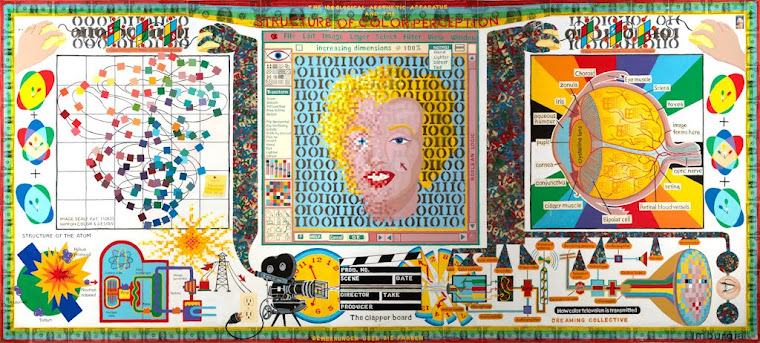
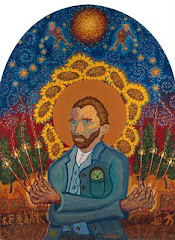


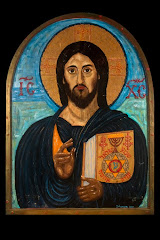
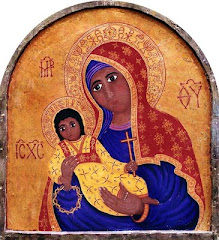

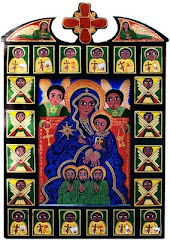

No comments:
Post a Comment